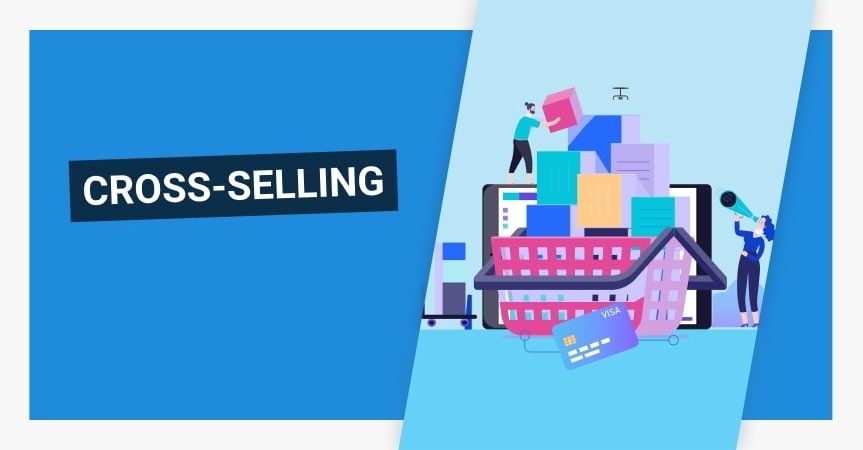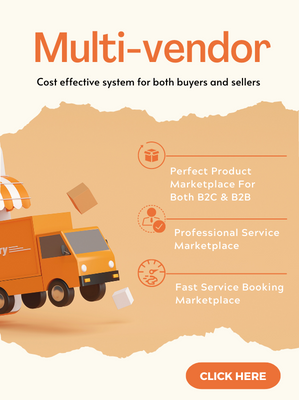Cross-selling is the practice of increasing sales by promoting related products alongside the items a customer is seeking or buying. Financial advisors can often earn additional revenue by cross-selling additional products and services to their existing customer base.
HOT!! The version 2.0 of Claue have been released
Claue – Clean, Minimal Magento 2&1 Theme is an excellent template for a modern and clean eCommerce store with 40+ homepage layouts and tons of options for shop, blog, portfolio, store locator layouts and other useful pages. Claue version 2. 0 comes with a bunch of exclusive features including:
- Being based on Luma theme.
- Meet all standards of Magento Theme
- Significant performance improvement
- Compatible with most third-party extensions.
- Fully compatible with Magento 2.4.x
This second advanced version completely differentiates from its previous one. Thus, if you are using Claue version 1 and want to update to Claue version 2, you can only rebuild a new website no rather than updating from the old version. Now, let’s get back the main topic
What Is a Cross selling?

Of all the ways to boost the average sale, a cross-sale strategy makes the most sense and is the least pressured because the visitor actually sees it as something interesting or a cool accessory instead of the hassle of a sale.
Basically, you start by looking through the user’s purchase history or the products they’re interested in and suggest related or complementary products along the same lines. For example, if a shopper purchased a pair of children’s beginner roller skates, they might be concerned with a helmet and some knee or elbow pads too. Cross-selling is an effective technique for several reasons:
- Cross-selling lets you bundle in less-expensive products the customer is more likely to purchase on impulse.
- Cross-selling offers the customer a lot of benefits. Your customers can buy the products they need and products that will improve their experience.
- Cross-selling can build trust between you and the clients because you’re presenting them with items that likely match their requirements
>> Read more : Cross selling: Let’s look at the benefits and tactics
How does Cross selling work?
We make sure that you have seen many cross-selling examples on the eCommerce websites, even if you didn’t recognize them as such. A lot of popular Marketplaces like Amazon, Walmart implemented cross-selling efficiently by suggesting related items based on your search. To better understand how cross-selling and ancillary products work, let’s have a look at the examples of cross-selling strategies.

Examples of Cross selling Strategies
1. Cross-selling on product pages Examples
For an online fashion store, cross selling could mean selling compatible products that help to complete the look. For example, Adidas uses cross-selling to help customers to complete outfits.
MAKE also uses cross selling to showcase ancillary makeup products
2. Cross selling at checkout examples
At this point in the customer journey, you should focus on cross-selling with lower-cost products. These could be small add-ons such as an accessory for the product being bought or a specific-size battery the item may require. MeUndies – a seller of upscale underwear and socks, is a great example of cross-selling at the checkout page
3. Customer Experience Cross-Sell Examples
You can turn the actual customer experience itself into a cross-selling chance by showing the customer ways to customize their product using complimentary items or features. This is often a more subtle cross-selling method than product-page or email cross-selling. It’s easy to utilize this cross selling in conjunction with other types. See the below examples to show you how to do it.
With a subscription box, Billie also does a great job with cross-selling during the initial sign-up experience. When creating your razor subscription on Billie, they have an extra step that lets you add shaving cream, body wash, and other additional shaving products. These items have no price listed and must be added to your bag first, allowing you to focus only on the benefit they offer.
Notes: Cross-sell products during the sign-up process if possible, while focusing on the item’s benefits above all else.
4. Price-Strategy Cross-Sell Examples
There’s a lot of strategy and psychology that goes into setting prices on individual products. You can take this a step further with bundling, a type of cross-selling that motivates customers to buy additional products in exchange for savings.
With a large collection of more than 400 brands on their online store, Sephora has an almost overwhelming number of products, making bundling difficult. But they’ve found away.
While Sephora features some premade bundles, they also have weekly bundes that lets customers build their own bundles and save. This provides customers more freedom, help them to spend as they see fit, so long as they meet the requirements for the offer.
5. Cross selling when we don’t have a history
When someone visits for the first time, you don’t have that history. In these cases, you usually use a list of recommended products or items purchased by other customers; after all, you do know that information and there may be a clear purchase pattern.
6. Cross-selling and social proof
We might still not know anything about the customer visiting our page but we do know what other customers bought and, if it worked for them, you can try it on the new ones.
Amazon used this type of cross-selling strategy best in the e-commerce world. Look the way they put a twist on what we discussed: they not only add what other shoppers bought, they also add what customers looked at, even if they didn’t buy the products
7. Email Cross-Sell Examples
This type of cross selling uses email marketing to promote related items. This can be done after a customer has made a purchase, or even if the customer has only subscribed to the newsletter or added an item to their shopping cart. UNIQLO is known for eye-catching clothing and branding. Their email cross-selling is no exception, offering something different from the competition.
Cross-Selling Best Practices
Best practices for cross-selling success include:
- Suggest the accessory required for proper operation or use of the items purchased, such as a power cord for a computer printer that doesn’t include one in the box.
- Provide a discounted price on a bundled product offer to encourage immediate buy with temporary price savings.
- Demonstrate how the extra products work with the product being bought
- Make it easy for shoppers to say “yes” by addressing potential customer objections in the cross-sell conversation. For example, a waiter showing diners the dessert tray can overcome, “I shouldn’t” by recommending that diners share a dessert.
- Bundle related products in the combo so the customer doesn’t need to seek for necessary components or accessories.
Increase the Power of Cross-Selling Products With Lookbook Magento 2
Closing thoughts
Whether you determine to take the traditional approach and suggest specific products for your cross-selling strategy or in fact rely on a bundle or offer to sell more products and increase AOV, you need to keep in mind the golden rule of cross-selling: It’s all about increasing value for the customer by promoting related items.



